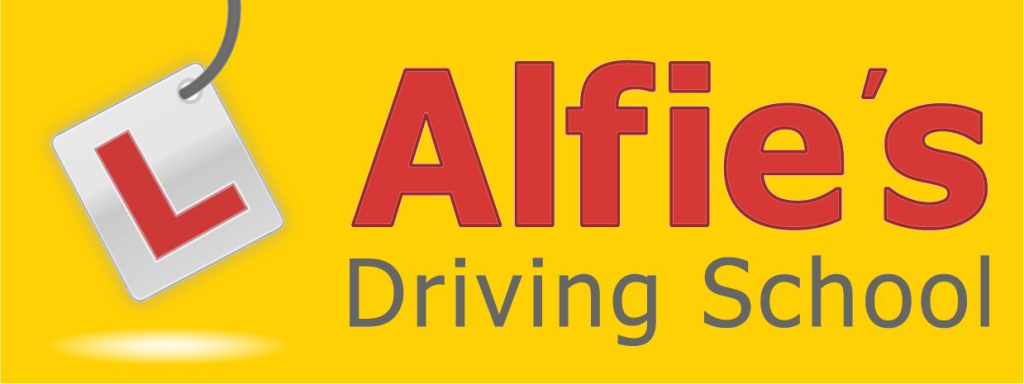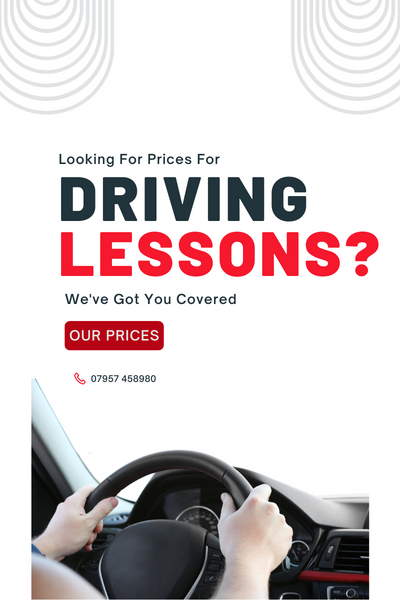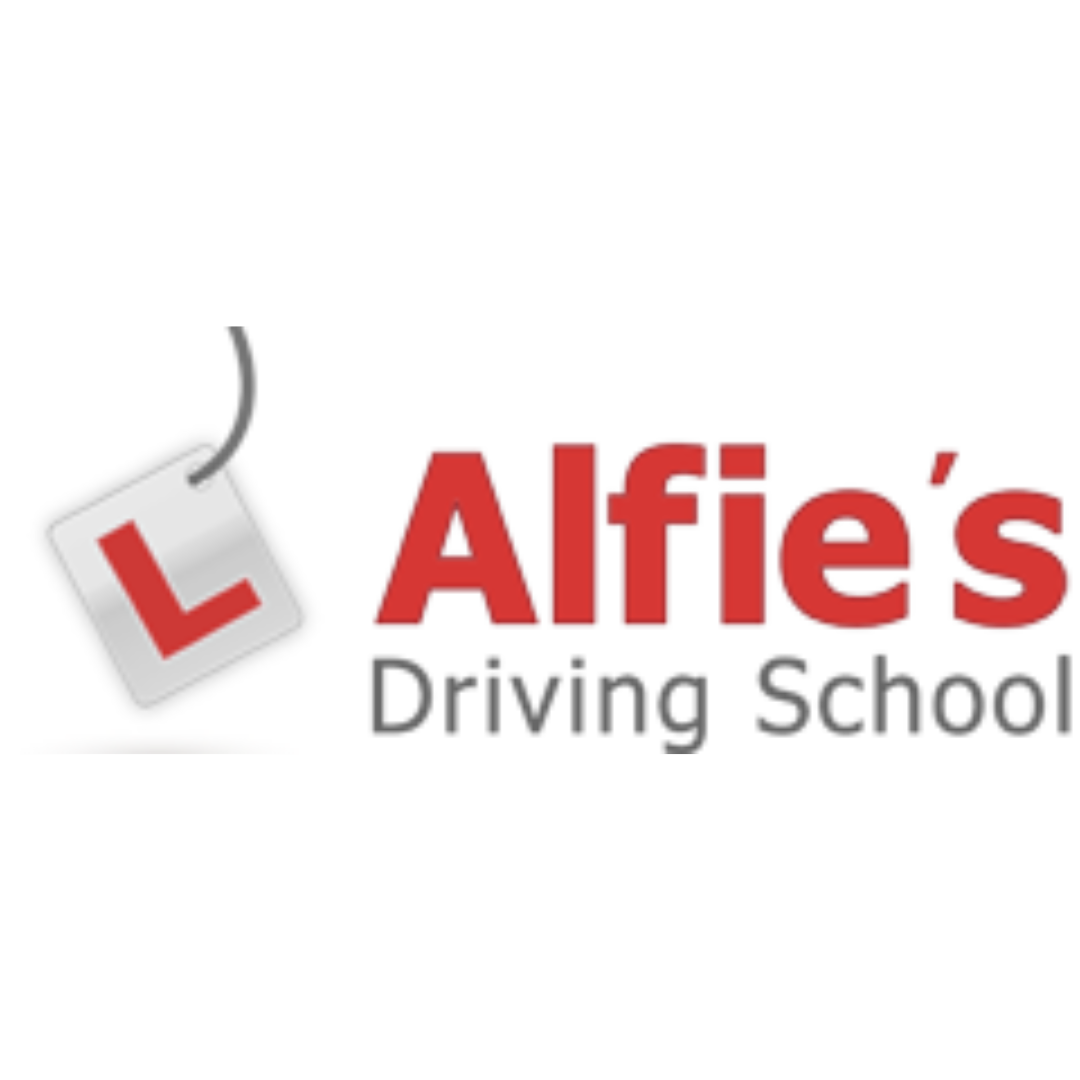How do I pull up on the right?
During your driving test, the examiner will ask you to complete a number of different manoeuvres. One of the things that you will be asked to do will be to pull up on the right.
Your examiner will use an exact phrase when asking you to do this. Their instruction will be “I would like you to pull up on the right at a safe, legal place, reverse back two car lengths then drive away safely, doing it with due regard and safety for other road users.”
The first thing that you will need to do once you have been given this instruction is to look for somewhere that is both safe and legal to do this. You won’t be told where to do the maneuver, instead, you will need to make an assessment. You should do this using a technique called LADA – Look, Assess, Decide, and then Act.
Applying LADA To Pulling Up On The Right
You will first need to find a place to pull up at the right-hand side. Make sure you check all of the road markings as well as any features that may prohibit you from stopping there. For example, you shouldn’t stop on a bend, or on zig-zag lines. You should also avoid bus stops and driveways. Try to find a space that is large enough that you will be able to get in easily without having to swerve.
Once you have found somewhere that is suitable for you to stop, you will need to assess whether it safe for you to stop there.
One of the most obvious things that you need to be looking out for is oncoming traffic. While there may be some traffic coming towards you, it is unlikely that you will be asked to complete this task on a busy road. After all, your examiner is not trying to fail you. It wouldn’t be fair or safe to make you perform the maneuver on a busy street.
Applying MSPSL On Pulling Up On The Right
MSPSL stands for mirrors, signal, position, speed, and look.
Mirrors refer to checking both your interior and your door mirrors. Check what is behind you. Are they quite close behind you? Are they about to overtake? Is the driver paying full attention?
If there is anything happening behind you that will prevent you from safely slowing, stoping and pulling over, then you should think about pulling over at a later time when it is safe to do so.
If necessary, you should use your indicator to show that you want to intend on moving. Make sure that you use it in good time so that you can alert other drivers to your intentions. If there are no other cars on the road, then you don’t need to indicate.
Make sure that you gradually adjust the position of your vehicle, particularly if there are vehicles following you.
Depending on what is behind you and what is in front of you will determine the speed at which you slow down. Progressive braking is better.
Look up the length of the road and all around you are ensure that nothing has changed around you.
Reversing Back Two Car Lengths
You will be required to reverse back two car lengths after you have pulled over. It is essential that you ensure it’s safe to do this before making the move. Check all around you before you start.
While reversing, stay close to the kerb but avoid hitting or mounting it, or you’ll receive a fault.
Even if the road is quiet, make sure you are checking all around you. This will show the examiner that you know where and how to look.
If a car pulls up behind you while you are carrying out the manoeuvre, then you’ll not be able to reverse the full two lengths. Instead, you should reverse back as far as you possibly can while leaving a gap between yourself and the car behind.
Moving Off Safely
Before you move off, make sure you look in both directions up and down the road. Remember that you shouldn’t make other vehicles slow down or change direction. When joining the left-hand side of the road you’ll need to move at the speed of the traffic. This may mean using a lower gear longer to maintain the momentum needed.
Finally, once you have rejoined the road you should check your mirrors to check how the other vehicles behind you have reacted to you joining the road.




